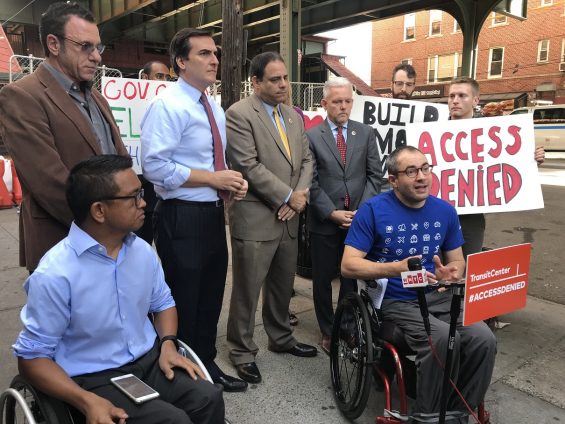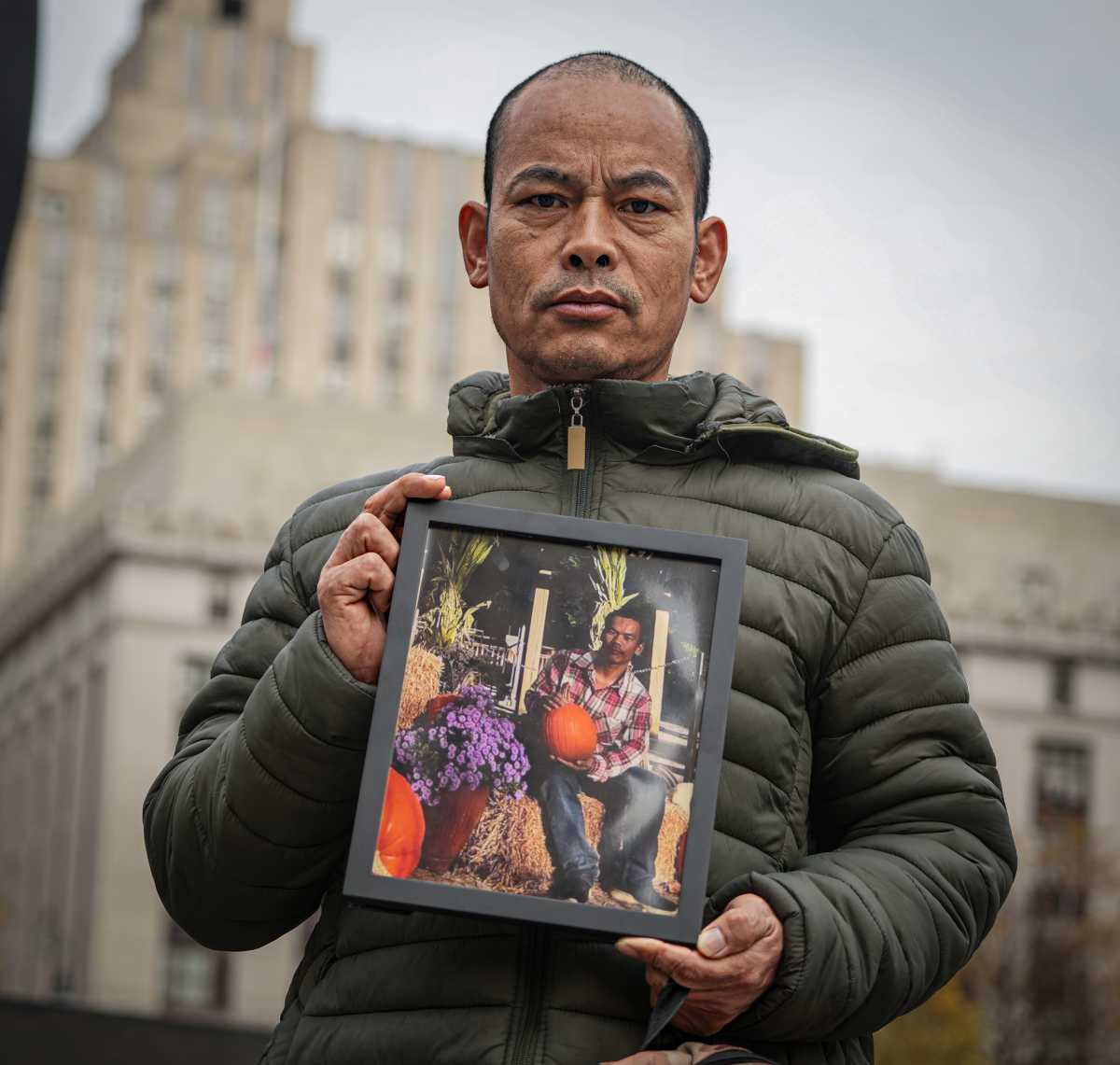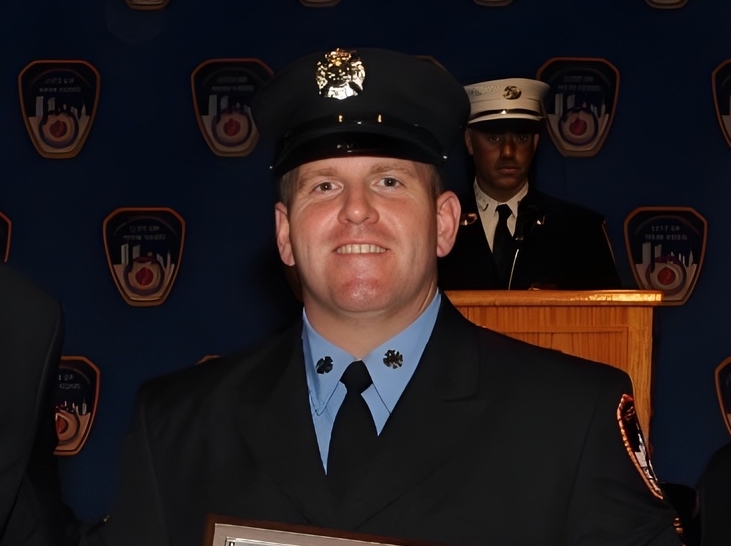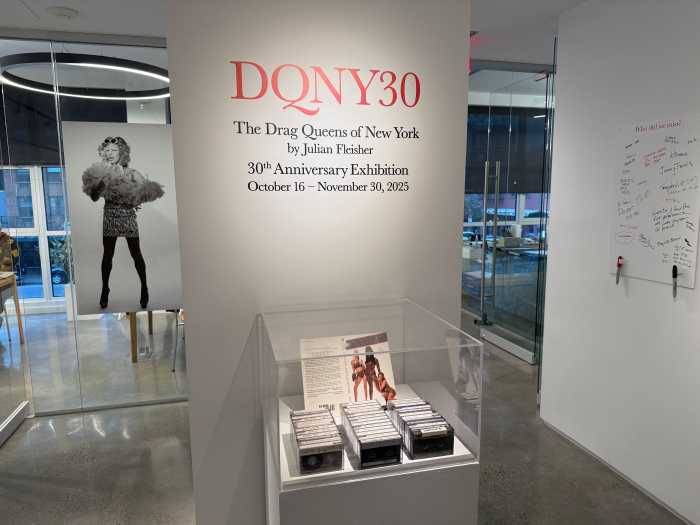Chris Pangilinan (seated left); Sasha Blair-Goldensohn (speaking)
Oct. 23, 2017 By Tara Law
Disability advocates and Queens politicians gathered at the 36th Avenue subway station in Astoria this morning to call on the MTA to install elevators as part of its $150 million revamp of four N/W stations that run through the neighborhood.
At present, no N/W subway stations in Astoria have elevators and advocates for the disabled want that to change.
The 30th and 36th Avenue stations closed today for eight months as part of a multi-million-dollar overhaul to the two stations– yet no elevators are being added. Advocates for the disabled want the MTA to invest in them and install them during the eight-month stretch the stations are closed.
The advocates also want them added when the 39th Avenue and Broadway stations are shut down for seven months midway through next year to undergo a similar multi-million-dollar overhaul.
Several of the speakers at the press conference this morning claimed that the MTA’s decision not to install elevators at the four stations was an example of its neglect of the public’s needs.
“There are few better examples of the MTA’s gross incompetence and misplaced priorities than what’s going on over our shoulders right now,” said State Sen. Michael Gianaris, pointing to the station. “This is how the MTA thinks, and it’s backwards. And it’s reaching the point where it’s becoming a scandal for the people who ride the subways and those who can’t because the subways are inaccessible.”
Chris Pangilinan, the program director of the transportation foundation TransitCenter, told the crowd that for people with disabilities the lack of subway access effectively cuts them off from sections of New York City.
“Until the governor and the MTA make disability access a priority, we will never be able to access places like Astoria and other parts of the city where there are no elevators,” Pangilinan said from his wheelchair. “For us, the subway has always been in a state of emergency, and these multi-million-dollar, year-long shutdowns are doing nothing to address that.”
Pangilinan added that since the subway is inaccessible for him in many areas, his options as to where he can live and work are limited.
“A transit system that is not accessible to all is a transit system that is failing all of us,” said Councilman Jimmy Van Bramer. “Astoria is a great neighborhood. These are great communities. But if you cannot access these stations, you cannot get to Astoria. That is a loss to all New Yorkers.”
Astoria Council Member Costa Constantinides chided the MTA for the lack of elevators and described the issue as a sign of the MTA’s dysfunction.
“If you cannot access the stairwell, you are locked out— which is despicable,” Constantinides said.
The MTA said last week in response to the criticism that elevators will be installed at the Astoria Boulevard station in coming years. In addition to the elevators, the MTA said that its fully-accessible bus fleet provides service across the neighborhood – including connections to other accessible stations on other subway lines.





































